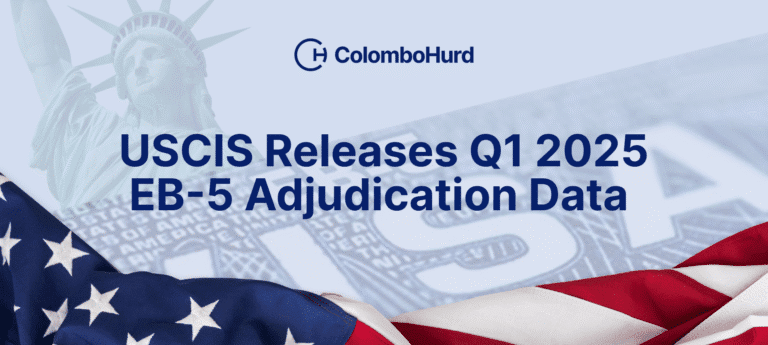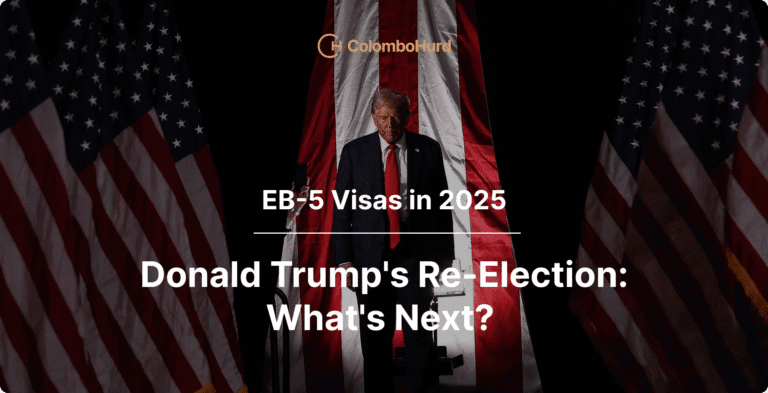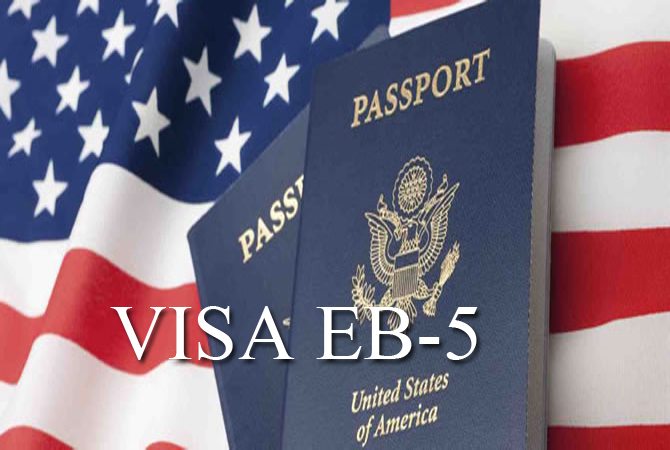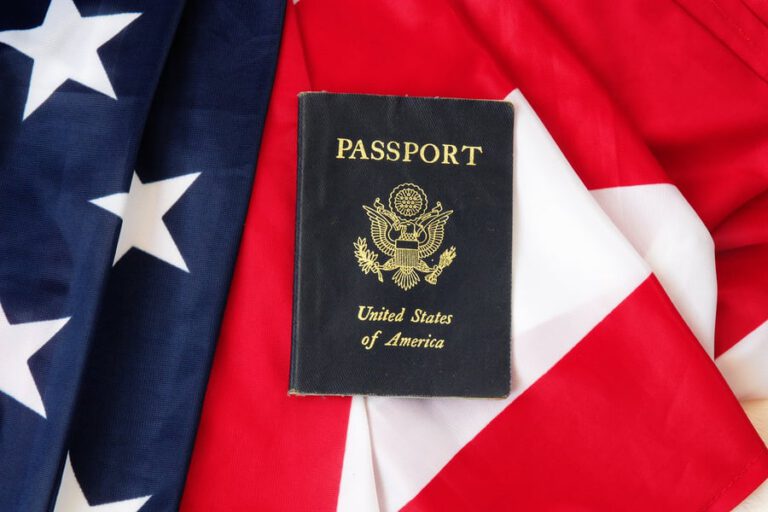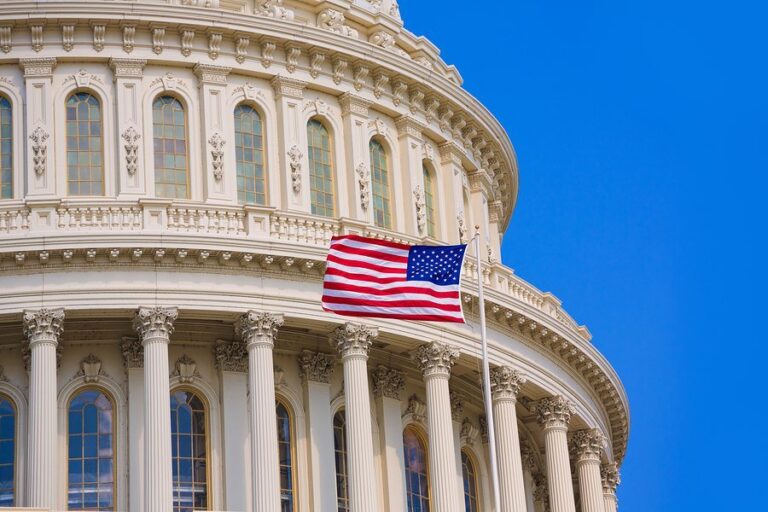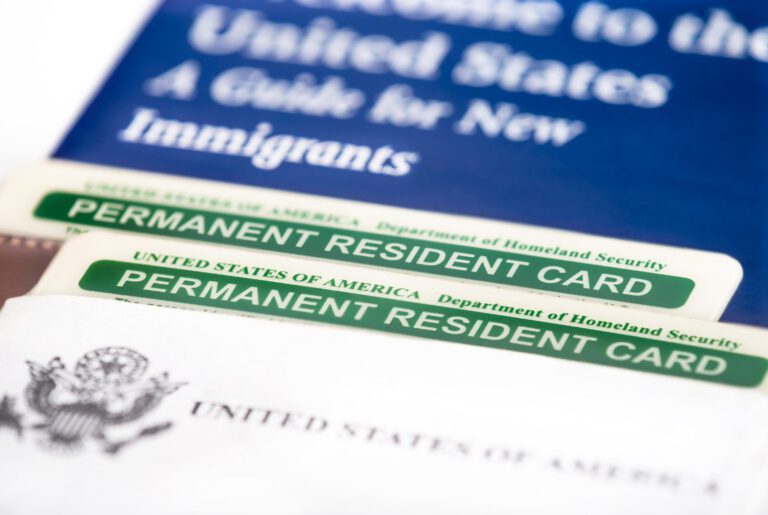EB-5 Visas
EB-5 Visa Regional Center Program Extended Through September 2017
On May 5, 2017 President Trump approved the bipartisan Congressional spending bill that will continue to fund the U.S. government through September 30, 2017. Despite concerns over a potential termination or amendment of the popular EB-5 Visa Regional Center Program, Congress has agreed to extend the program cleanly through the conclusion of the 2017 fiscal year. Despite significant opposition from prominent Republican and Democratic legislators, Congress agreed to extend the program without any changes through September though challenges still remain for the EB-5 visa program even during that period.
As Uncertainty Surrounds H-1B Visas, Businesses and Individuals May Consider L-1 or EB-5 Visas, Respectively
The H-1B visa has developed into one of the high-profile immigration solutions employed by businesses. In essence, the H-1B visa permits greater labor flexibility since companies can seek workers from abroad to fill certain job roles when an American is unable to perform the job. An array of rules and regulations surround this process and interested companies will typically need to seek labor certification from the Department of Labor.
“Final” Temporary EB-5 Extension Expected as April Reauthorization Deadline Approaches
The EB-5 Visa and the regional center visa program have experienced some turbulent times over the past several years. Despite attracting little attention for the first two decades of its existence, the EB-5 visa program exploded onto the scene following the Great Recession. The rapid growth of the program was made possible due to two converging trends. First, real estate developers doing business in the United States sought an alternate source of capital as traditional investment and funding sources dried up. Second, foreign nationals sought a relatively safe place they could store their money while also providing greater opportunities for their children.
House Judiciary Committee Holds Hearing on EB-5 Visa Program
For years, members of the House of Representatives and a number of members of the Senate have expressed concern over the EB-5 visa program. These concerns are generally premised on the belief that the EB-5 program is being abused by developers. This is creating a scenario where individuals in rural areas believe that the promised benefits of EB-5 investment are not being delivered. Rather, they charge that the practice of gerrymandering is allowing EB-5 regional centers and developers to construct luxury projects in urban high-wealth areas.
EB-5 Visa and the Indian Investor
In 1990, the United States Congress created an immigration program called EB-5 with the hopes that it will generate new investment capital in the United States and create new jobs for workers in the country. EB-5 visa stands for the employment-based fifth preference visa. The program enables immigrants “who invest their capital in job-creating businesses and projects in the United States [to] receive conditional permanent resident status in the US”, and the conditions are lifted after the individual has satisfied the criteria of eligible for a period of two years, which then enables the immigration to have unconditional lawful permanent resident status in the United States.
EB-5 Applications Spike Following Introduction of Bill that Could End EB-5
The EB-5 visa program is an important engine for growth in the American economy. Following the economic difficulties following the 2007 Recession, the EB-5 program became a major source of capital and investment for real estate projects. EB-5 has allowed developers to secure funding for an array of projects in cities like New York, Miami, and in surrounding areas. In Miami and throughout Florida, EB-5 investments have provided the impetus behind the Tap 42 Craft Beer & Kitchen locations that recently opened in Coral Gables and Boca Raton. In Miami itself, the CCCC Miami Towers in the Brickell area of the city will bring mixed-use development to the city.
How will the Trump Presidency Impact the EB-5 Program?
Over the past few years, the EB-5 visa program, designed to provide green cards to immigrant investors, has come under increasing scrutiny. To date, a number of Senators and elected representatives have raised concerns regarding the flow of EB-5 capital to urban, wealthy areas rather than to rural areas and areas of high unemployment. These and other issues with the EB-5 and Regional Center programs have thrown EB-5 into a state of flux. Time after time as funding deadlines came and went, Senators have ratcheted up rhetoric on ending the program if reforms were not introduced. This has led to significant uncertainty in the E-5 arena.
EB-5 Minimum Investment Amount would Skyrocket to $1,350,000.00 under Proposed USCIS Regulation
The Department of Homeland Security (DHS) has finally released its proposed new regulations concerning the EB-5 Visa. Dubbed the “EB-5 Modernization Rule”, the regulation provides proposed sweeping changes to the EB-5 Investor Visa in several key areas.
EB-5 Visas Requires the Strategic Navigation of Multiple U.S. Government Agencies
Individuals who are seeking a green card and pathway to citizenship have likely heard of a program known as EB-5. The EB-5 visa allows a wealthy immigrant entrepreneur to make an investment into the United States in exchange for a green card. The investment into the United States must meet certain requirements regarding minimum amounts and other requirements before it can confer an immigration benefit. Furthermore, should a green card be issued due to the initial fulfillment of conditions, the immigrant will still need to petition once again to have the conditions removed from the card.
Orlando SC’s Soccer Stadium: Built through EB-5 Investments
Orlando SC was announced by Major League Soccer and the club’s investment group in 2013. Known as The Lions, Orlando SC entered league play in the MLS in 2015. The team played its first match against New York City FC. While the team itself seemed to proceed from concept to reality rather quickly, the same cannot be said for the team’s stadium. However, these difficulties in securing a new stadium arose after what initially appeared to be a promising start. For a brief look at some of the problems that had halted stadium development and the potential immigration-based solution to the lack of funding, read what a Tampa investor visa lawyer of Colombo & Hurd explained below.
